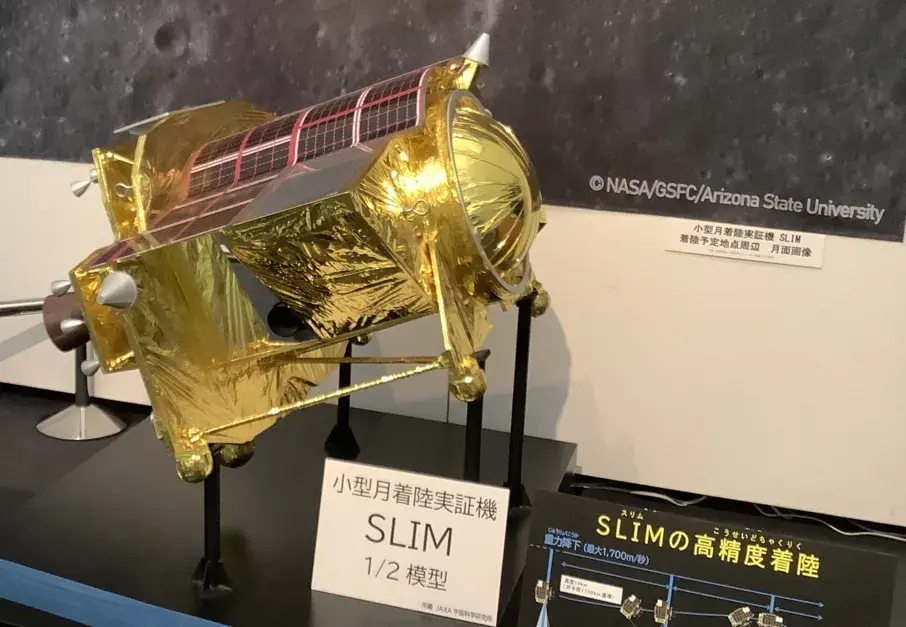With this mission, Japan joins a club that includes the former Soviet Union, the United States, China and India.

Japan achieved a historic feat by becoming the fifth nation to successfully land a research module on the Moon. The SLIM module, operated by the Japan Aerospace Exploration Agency (JAXA), touched down on the lunar surface after performing several complex maneuvers. The module is expected to send back valuable data and images, once it is confirmed that it is functioning properly.
According to JAXA’s live commentary, the Smart Lander for Investigating Moon (SLIM) spacecraft landed at around 12:20 p.m. local time in Argentina (3:20 p.m. UTC) on Friday. The telemetry data indicated that the lander had reached the target area and was undergoing a thorough check by the experts.
The successful landing was a major boost for Japan’s space program, which had faced several challenges in recent years. One of them was the delay in launching its new H3 rocket, which was supposed to replace the current H-2A and compete with other commercial launchers such as SpaceX’s Falcon 9. The H3 rocket was finally launched in March 2023, after resolving some technical issues.
Japan had also attempted to land on the Moon before, but without success. In November 2022, a small lander named OMOTENASHI was carried by NASA’s Artemis 1 mission, but it failed to reach the lunar orbit. In April 2023, another lander, Hakuto-R, developed by a private company called ispace, crashed during its descent due to a sensor malfunction.
With the SLIM mission, Japan joined the exclusive club of countries that have achieved a soft landing on the Moon, which includes the former Soviet Union, the United States, China and India. The SLIM module is also the first to demonstrate a high-precision landing capability, which is crucial for future lunar exploration.
The module, which measures about 3 meters on each side and weighs between 200 and 730 kilograms depending on the fuel level, was designed to land within a 100-meter radius of the Shioli crater, near the lunar equator. This is a much smaller margin of error than previous landers, which had a landing accuracy of several kilometers. JAXA estimates that it will take about a month to verify whether the SLIM module met this objective.
The SLIM module also carries a camera and a spectrometer, which will be used to take pictures and analyze the composition of the lunar soil. The data and images collected by the module will be shared with NASA and other partners, as part of the Artemis program, which aims to return humans to the Moon and eventually explore Mars.
The SLIM module’s onboard computer has maps of the lunar craters, which were created using data from NASA’s Kaguya and Lunar Reconnaissance Orbiter missions. As the module approached the lunar surface, it used its cameras to compare the images with the maps and adjust its position accordingly.
The SLIM mission is not only a scientific achievement, but also a technological demonstration. The module tested some key technologies for operating in low-gravity environments, such as a new propulsion system and a lightweight structure. These technologies are essential for advancing the exploration of the Solar System.
Japan has been pursuing its ambitions in the space sector for a long time, and has been collaborating with other space agencies such as NASA and ESA.







